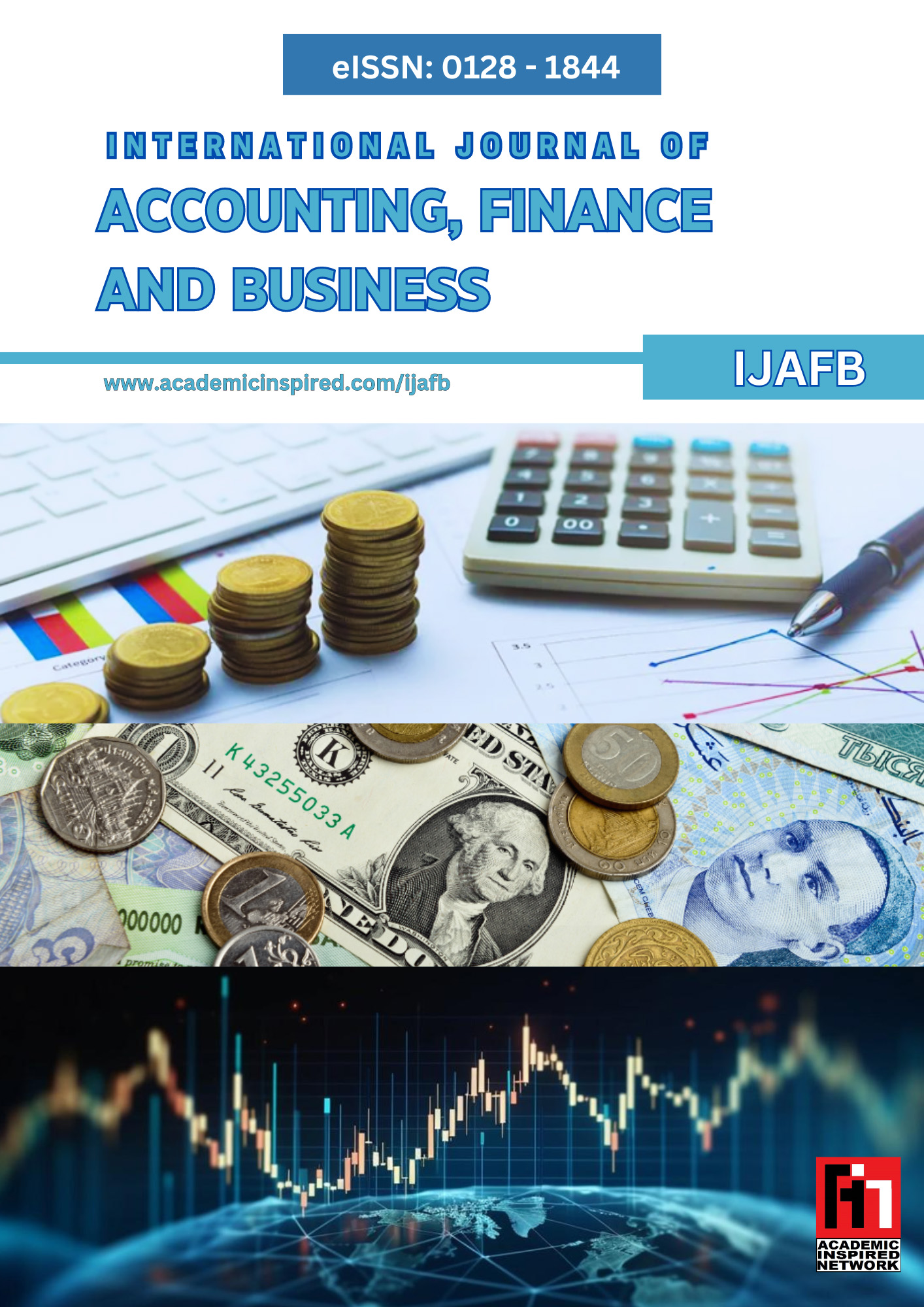The contributing factors on the usage of electronic wallets among higher education students
Keywords:
Usage of electronic wallet, Technology Acceptance Model, Perceived Usefulness, Perceived Ease of Use, Perceived RiskAbstract
The cashless payment system aims to minimise the exchange of physical currency by integrating digital transactions through electronic channels. Cashless payments have experienced significant growth in Malaysia, particularly in the education industry. Higher education students have a strong preference for cashless payment methods due to their aversion to carrying physical currency. However, at a local university, only 50% of the students indicate a preference for doing transactions electronically rather than using physical currency. Several public higher learning institutions have recently advocated for the implementation of a cashless environment, utilising e-wallet technology. Therefore, the objective of this study was to examine the relationship between the Perceived Usefulness, Perceived Ease of Use and Perceived Risk with the usage of Electronic Wallet among higher education students. The Technology Acceptance Model (TAM) and its extension, TAM3, were used to clearly define the impact of independent variables. This quantitative research is based on data obtained from survey questionnaire distributed to students at Politeknik Tuanku Syed Sirajuddin a higher education sector in northern Malaysia. A total of 347 data points were examined using the Statistical Package for the Social Sciences (SPSS). The multiple regression analysis was employed to evaluate the study hypothesis. As a result, perceived ease of use significantly influences the usage of electronic wallets among higher education students, while perceived usefulness and perceived risk do not exhibit a significant positive impact on electronic wallet usage among this demographic. The study concludes with a discussion of the research findings and their theoretical and practical contributions. It also discusses the study's limitations and offers suggestions for future research













